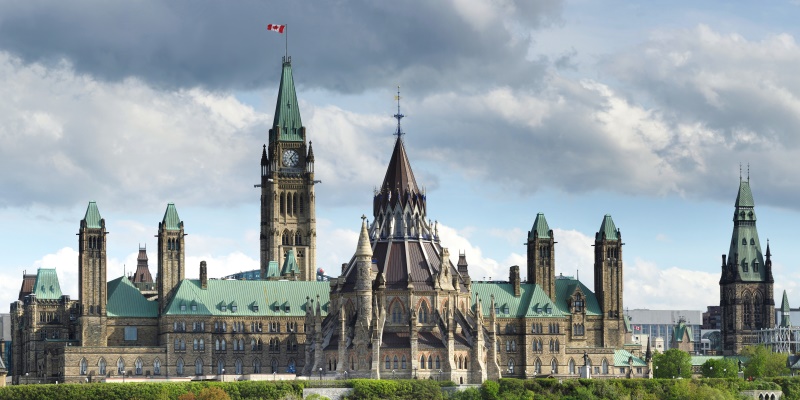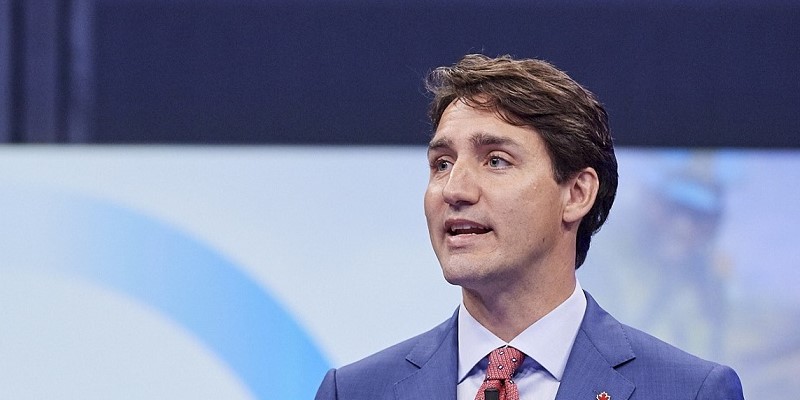So-called “shovel ready” infrastructure projects take significant time to plan and implement.
stimulus spending
Most people use extra one-time money from government to pay down debt or save.
Since 2007/08, Canada’s federal debt has grown by $176 billion to $692 billion in 2015/16.
The best way to help Alberta’s economy is to enhance the province's competitiveness and attractiveness for investment and entrepreneurship.
Ontario’s net debt has approximately doubled over the last decade and now stands at roughly $300 billion—or $21,000 per Ontarian.
Ever since the last recession, Canadians have been informed by pundits and the political class that stimulus spendingperhaps better labelled as binge spendingwas critical to Canadas economic recovery.
But extra government spending had little to do with Canadas exit out of the recession. The recession ended in mid-2009; it was only about then that federal and provincial governments started spending extra (borrowed) stimulus cash.



